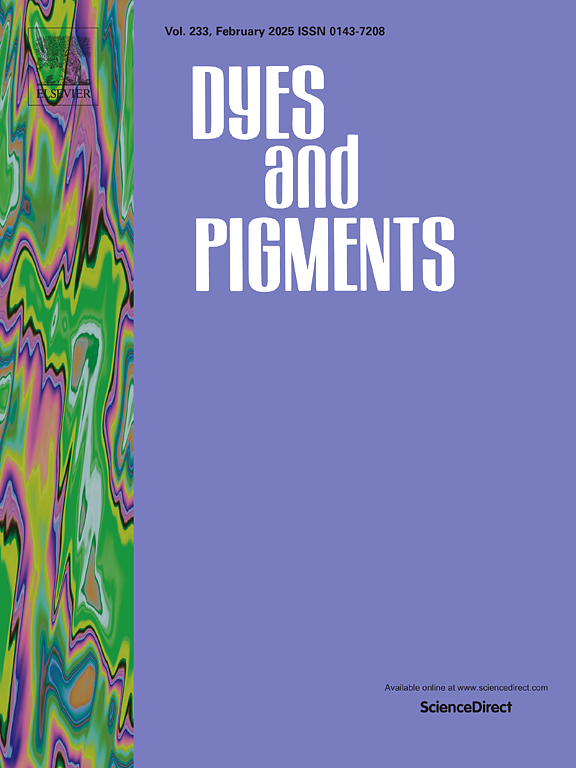Thermo-optical characterization of fluorescent materials based on edible vegetable oils
IF 4.1
3区 工程技术
Q2 CHEMISTRY, APPLIED
引用次数: 0
Abstract
This work evaluated the thermo-optical characterization of several vegetable oils such as Persea gratissima (avocado oil, AO), Mauritia flexuosa Linnaeus filius (buriti oil, BO), Passiflora edulis (passion fruit oil, PFO), and Plukenetia volubilis L. (Sacha inchi oil, SIO). Vegetable oils are nontoxic, nonvolatile, nondepletable, and biodegradable resources used for several applications, such as in the foods, cosmetic, lubricant, coating, and pharmaceutical industries, due to their possible antioxidant and antimicrobial activities. In this work, the refractive index temperature coefficients (dn/dT) of AO, BO, PFO, and SIO were characterized as a function of temperature (296-329 K−1) via a Mach–Zehnder interferometer. The thermal diffusivity (D) and fluorescence quantum efficiency (η) were determined via the dual-beam mode-mismatched thermal lens (TL) technique. Fluorescence and time-resolved fluorescence measurements corroborate the TL results. AO presented a relatively higher η value than other vegetable oils did (BO, PFO, and SIO), and avocado oil was heat treated at 180 °C for the synthesis of carbon dots (CAO-dots). The η and fluorescence lifetime (τ) results obtained for the avocado-based nanoparticles were compared with those of other C-dots using oil as a carbon source, aiming at potential bioapplications.

求助全文
约1分钟内获得全文
求助全文
来源期刊

Dyes and Pigments
工程技术-材料科学:纺织
CiteScore
8.20
自引率
13.30%
发文量
933
审稿时长
33 days
期刊介绍:
Dyes and Pigments covers the scientific and technical aspects of the chemistry and physics of dyes, pigments and their intermediates. Emphasis is placed on the properties of the colouring matters themselves rather than on their applications or the system in which they may be applied.
Thus the journal accepts research and review papers on the synthesis of dyes, pigments and intermediates, their physical or chemical properties, e.g. spectroscopic, surface, solution or solid state characteristics, the physical aspects of their preparation, e.g. precipitation, nucleation and growth, crystal formation, liquid crystalline characteristics, their photochemical, ecological or biological properties and the relationship between colour and chemical constitution. However, papers are considered which deal with the more fundamental aspects of colourant application and of the interactions of colourants with substrates or media.
The journal will interest a wide variety of workers in a range of disciplines whose work involves dyes, pigments and their intermediates, and provides a platform for investigators with common interests but diverse fields of activity such as cosmetics, reprographics, dye and pigment synthesis, medical research, polymers, etc.
 求助内容:
求助内容: 应助结果提醒方式:
应助结果提醒方式:


